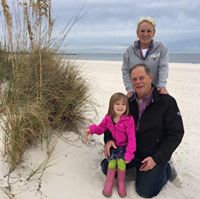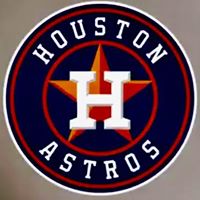Which Apollo mission was the first to use a 'Lunar Roving Vehicle'?
Apollo 15 was the ninth manned mission in the United States' Apollo program, the fourth to land on the Moon, and the eighth successful manned mission. It was the first of what were termed "J missions", long stays on the Moon, with a greater focus on science than had been possible on previous missions. It was also the first mission on which the Lunar Roving Vehicle was used.
The mission began on July 26, 1971, and ended on August 7. At the time, NASA called it the most successful manned flight ever achieved.
Commander David Scott and Lunar Module Pilot James Irwin spent three days on the Moon, including 18½ hours outside the spacecraft on lunar extra-vehicular activity (EVA). The mission landed near Hadley rille, in an area of the Mare Imbrium called Palus Putredinus (Marsh of Decay). The crew explored the area using the first lunar rover, which allowed them to travel much farther from the Lunar Module (LM) than had been possible on missions without the rover.
They collected 77 kilograms (170 lb) of lunar surface material. At the same time, Command Module Pilot Alfred Worden orbited the Moon, using a Scientific Instrument Module (SIM) in the Service Module (SM) to study the lunar surface and environment in great detail with a panoramic camera, a gamma-ray spectrometer, a mapping camera, a laser altimeter, a mass spectrometer, and a lunar sub-satellite deployed at the end of Apollo 15's stay in lunar orbit (an Apollo program first).
More Info:
en.wikipedia.org





